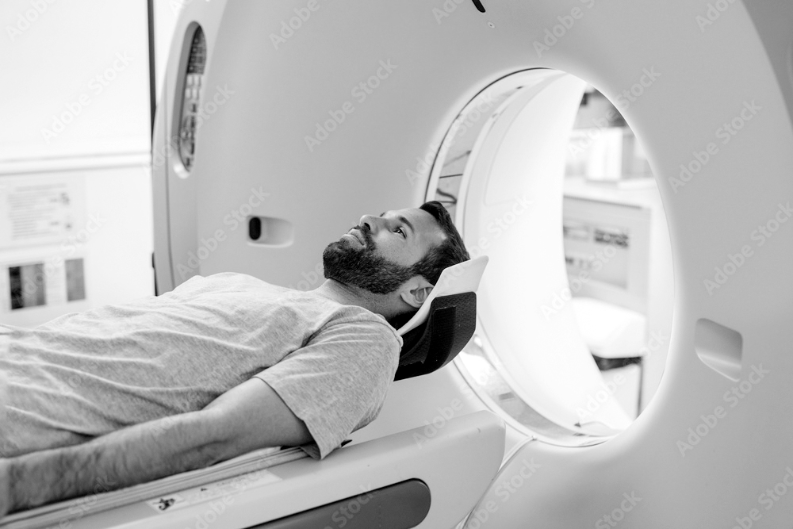Diagnosis
SYMPTOMS, MRI, AND GENETIC TESTING
SYMPTOMS, MRI, AND GENETIC TESTING
Alexander disease can be diagnosed based on clinical symptoms and MRI findings, and the diagnosis is confirmed with genetic testing for pathogenic variants in the glial fibrillary acidic protein (GFAP gene).1,23 However, diagnosis is challenging because of the nonspecific nature and heterogeneity of symptoms, which can lead to misdiagnosis or delayed diagnosis.4,33,47 The symptoms of Alexander disease overlap with many childhood and adult neurological conditions, and because it is a rare disease not often seen by healthcare providers, it is not high on the differential diagnosis.1,4,50

Adults presenting with Alexander disease may be missed due to nonspecific presenting symptoms that overlap with other more prevalent diseases such as multiple sclerosis or ataxias.4,50
MRI screening
When a leukodystrophy or Alexander disease is suspected, prompt referral to a neurologist for a brain MRI and genetic testing is critical for timely diagnosis.11-14